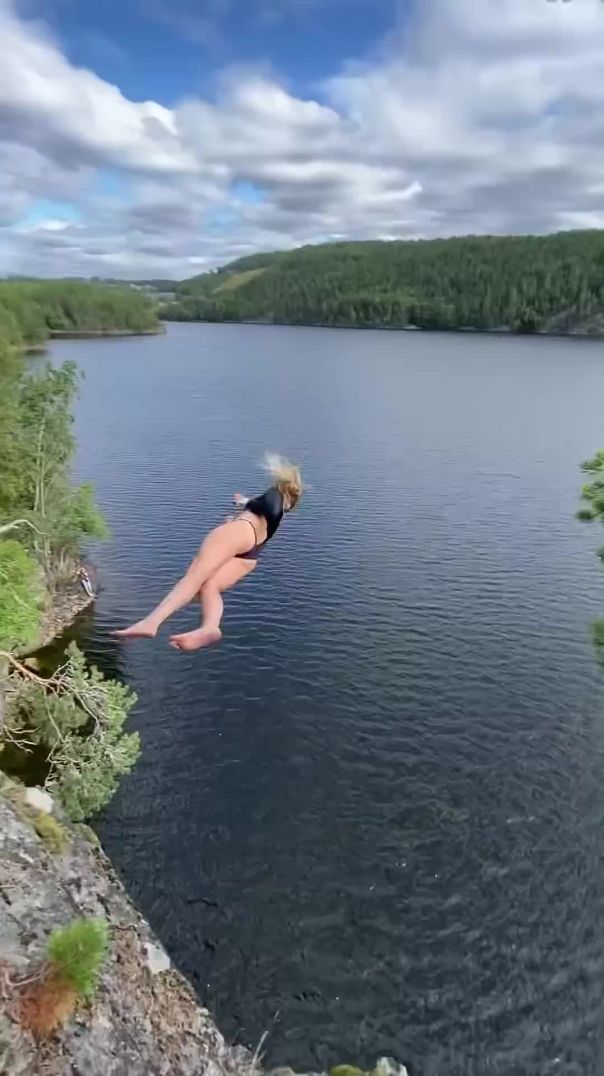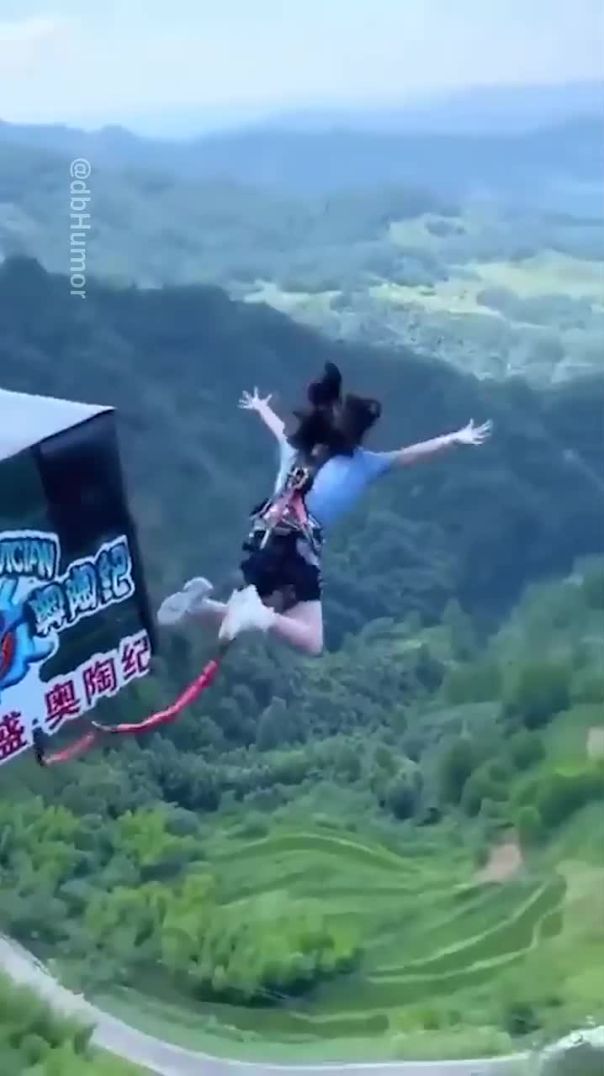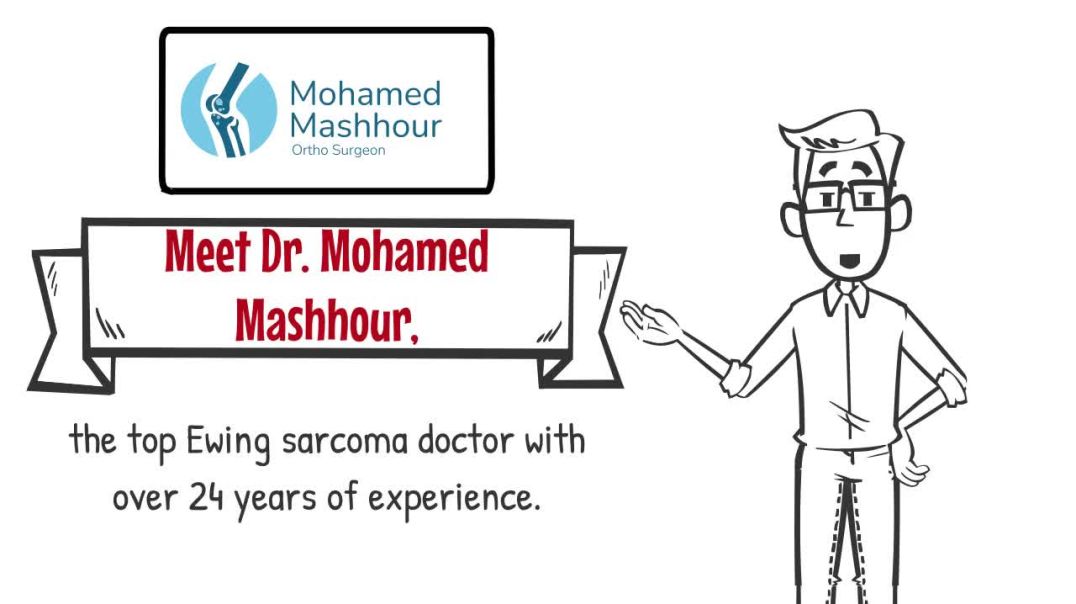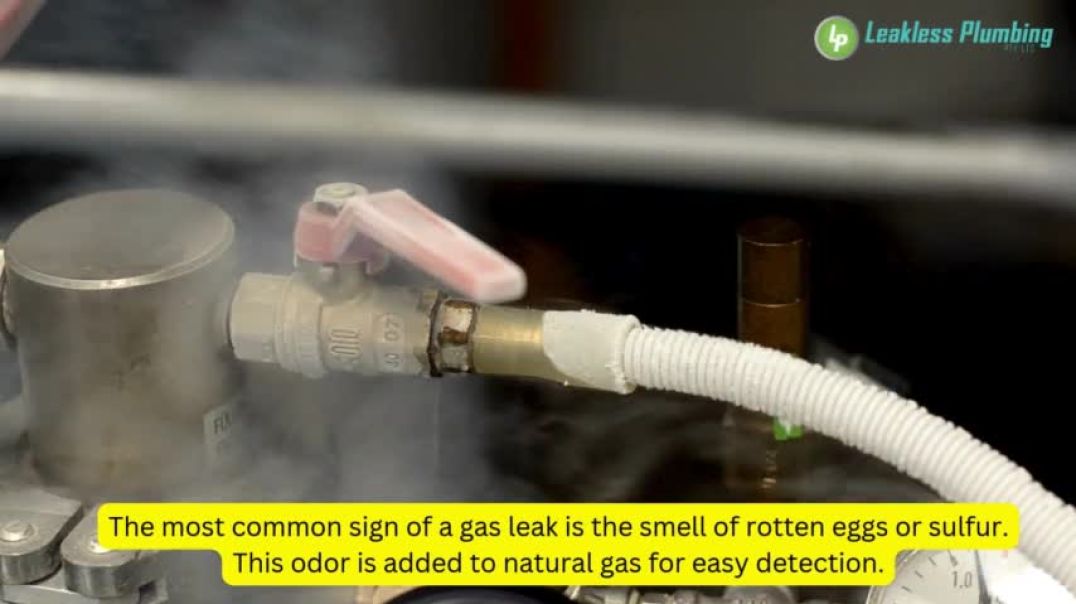2 Views· 06 September 2022
How To Identify, Prevent and Treat Heatstroke - Doctor Mike Hansen
Heat stroke can occur suddenly, without any symptoms of heat exhaustion. If a person is experiencing any symptoms of heat exhaustion or heat stroke, GET MEDICAL CARE IMMEDIATELY.
Depending on different factors, heat can cause someone to lose 1-2 liters of water through sweat. This is why the recommendations for hiking in peak daylight hours of the grand canyon during the summer, is to carry one to two liters for each hour on the trail, so that’s 8-16 pounds of water for a 4 hour trek.
And if you’re not replenishing with enough water, dehydration kicks in, then overheating, meaning hyperthermia. At this point, the body is going to start to divert blood to the parts of the brain that are more basic. Which means other parts of the brain get less bloodflow, like the frontal lobe. Now your in heat stroke, and your capacity for decision making diminishes. And later, the delirium kicks in. Followed by crashing to the ground, and quickly dying, unless there is emergent medical attention.
Her tragic death could have easily been prevented. But no one thinks they will ever suffer from heat stroke. But temperatures are climbing all over the globe, and you don’t have to be in desert summer heat to suffer from it. Especially now-a-days. Just recently, former NFL player Marion Barber died of heat stroke. And you have this 24 year old UPS driver who died of heat stroke. Thankfully,…….. this UPS driver survived.
In the US, more than 600 people die from complications of extreme heat every year, and with global warming, that number is only going to get worse.
What is Heat Stroke?
The diagnosis of Heat stroke can be made when you have 3 things
1) You’re out in the heat
2) You have elevated core body temperature, usually in excess of 40.5°C (105°F)
3) Your brain is malfunctioning
The scary thing with heat stroke that really blows my mind, besides it often being fatal, is that it can happen so quickly. In some cases, only 15 minutes. There are two types of heat stroke:There’s the classic heat stroke – aka Nonexertional heat stroke. This is the one that occurs in people who are predisposed to having difficulty regulating their temperature. Who would be more likely to have more difficulty regulating their temperature?
People at the extremes of age, or with certain medical conditions like heart disease, neurologic or psychiatric disorders, obesity, and the use of alcohol or cocaine, as well as certain prescription medications. Then there is exertional heat stroke, which usually occurs in young, otherwise healthy people who exercise in hot temperatures for too long. Typically athletes and military recruits in basic training.
How can you tell if someone is having a heat stroke? Besides being hot, heat stroke patients are breathing fast, have a fast heart rate, and typically a low blood pressure. The brain is affecting in some way. It might be something as mild as feeling weak and tired, but there can also be nausea, vomiting, and dizziness. There can be confusion, slurred speech, disorientation, delirium, and if extreme, loss of consciousness, along with seizures and coma. The skin usually has flushing, from the cutaneous vasodilation. And the skin may be moist or dry depending upon underlying medical conditions and hydration status. I should say that most but not all victims of heat stroke are dehydrated.
Let’s say you come across someone who is suffering from heat stroke. What should you do?
1) call 911
2) Stay with them until emergency medical services arrive
3) Move them to a shaded, cooler area
4) remove outer clothing
5) if they are able, drink cold water
6) cool them as quickly as possible
o ideally with a cold water or ice bath
o Wet the skin
o Place cold wet cloths on the skin
o Soak clothing with cool water
o Place cold wet cloths or ice on the head, neck, armpits, and groin
7) Fan them to circulate the air around the worker to speed cooling.
How is heat stroke prevented?
1. avoid outdoor activity during peak hours of the day (10 am to 4 pm)
2. Drink plenty of cool fluids, such as water or sports drinks, so you do not feel thirsty. But don't force yourself to drink very large amounts of water in a short time to the point that you feel uncomfortable, because this can be harmful. *Sometimes people drink too much water, without consuming enough salt, which can lead to water intoxication. The medical term is hyponatremia, and when this happens, you can feel very tired and weak, confused, and in extreme cases, experience coma and death.
3. Avoid diuretics (alcohol, caffeine, medications, drugs)
4. Wear loose, light-fitting clothing. Don’t forget sunscreen.
5. Wear White colors to help to reflect the sunlight off you
6. If you need to be outdoors, consider getting a cooling vest
#heatwaves #heatstroke #health
0:00-0:25 Intro Heat Stroke
0:25-1:22 Heat Stroke
1:22-2:10 Dehydration and Heat Stroke
2:10-2:31 What is Heat Stroke?
2:31-3:15 Type of Heat Stroke
3:1-4:31 Symptoms of heat stroke
4:31-6:42 Prevention



























0 Comments